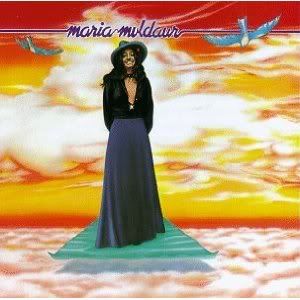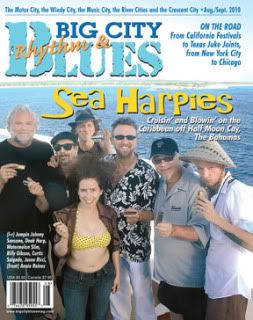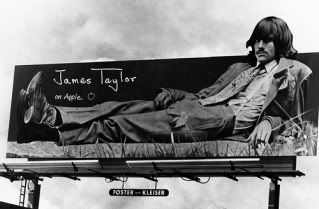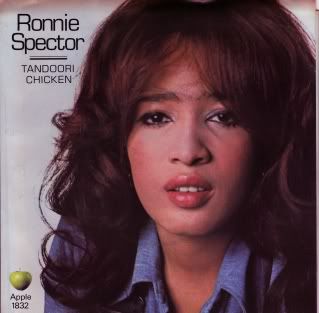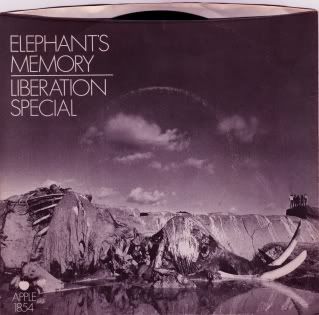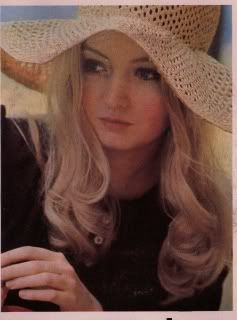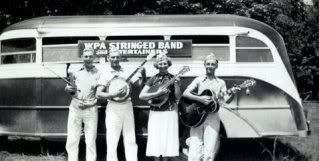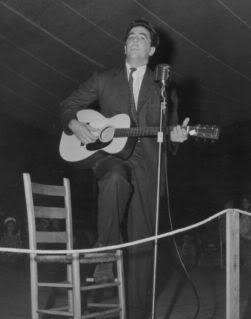
Everclear frontman Art Alexakis acknowledges
the crowd during the group's concert at the Upper
Peninsula State Fair. (Photo by Bud Lemire)
By STEVE SEYMOUR
Everclear frontman Art Alexakis made an auspicious return to Escanaba Friday.
The vocalist and his band entertained an enthusiastic crowd before the grandstand at the Upper Peninsula State Fair.
Alexakis told fans he first performed here back in 1989.
Years before Everclear, Alexakis ventured to northern Michigan as a member of the San Francisco-based "cow punk" band the Easy Hoes.
The little known band included former Escanaba resident Jeff Krebs who had moved to California to pursue his musical ambitions.
Krebs met Alexakis, formed the Easy Hoes with Kyle Statham and Kim Rahrbach and convinced them to visit his old haunts for a gig to promote their new album, "Tragic Stories of Life."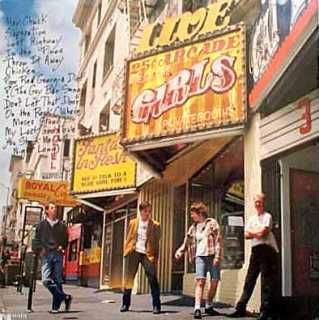
Recorded at Dancing Dog Studios in June, 1989 the disc includes a number of originals and a country rock version of AC/DC's "You Shook Me (All Night Long)."
Alexakis formed Shindig Records to release the band's debut album, but after an extensive U. S. tour, the group broke up.
Consequently, Alexakis moved to Portland, Ore. where he formed Everclear in 1992 with bassist Craig Montoya and drummer Greg Eklund.
Although Alexakis now tours with other musicians as Everclear, the original band enjoyed a large measure of success as chronicled on the album "Ten Years Gone: The Best of Everclear, 1994-2004."
To generate additional interest in their Escanaba show, Everclear sponsored an on-line contest among four area bands with the winner performing as the opening act.
Sore on Sunday won the most votes in the competition which included Driver, Skronat and Hollow.
Formed in 2005, Sore on Sunday comprises Tyler Henderson, vocals; Drew Lavacque and Eric Nault, lead guitars; Jason Kuehl, drums; and bassist J. P. Grenier.
Based in Gladstone, the group performed a four song set, firing up the crowd prior to the headline act.
The local rockers played original songs "Drunk Enough to Dance," "Push Comes to Shove" and "The Drunk Song," all from their "Scars Have two S's" compact disc.
They threw in the rock classic "Shout!" for good measure.
The band was supported by a large coterie of family, friends and fans.
With the audience suitably warmed up, Alexakis brought out Everclear. The headlining band features rock veteran Alexakis on vocals, Dave French on guitar, Freddy Herrera on bass and Sean Winchester on drums.
The quartet began their show with "Father of Mine," a song Alexakis wrote about his father abandoning the family when he was a youngster. From the "So Much for the Afterglow" album, the track was a hit on the modern rock charts in 1998 and 1999.
"It's good to be back in Escanaba. It's been 21 years," Alexakis told the crowd, most of whom were unaware he performed here before.
Alexakis continued with "You Make Me Feel..." and "Heroin Girl." The latter song is said to be about the drug overdoses of the singer's girl friend and brother and was included on the band's "Sparkle and Fade" CD.
Next up, Everclear performed "Heartspark Dollarsign" from 1996 and "Amphetamine," about a girl prescribed pills by her doctor as a cure for unhappiness.
A tune with the unwieldy name "Song From an American Movie, Part 1" slotted next.
Alexakis played Van Morrison's "Brown Eyed Girl" on acoustic guitar, dedicating it to his 18-year-old daughter Annabella. The Irish singer originally took his composition into the Top Ten in 1967.
"I've been here in Escanaba and I know you guys like classic rock," Alexakis told the crowd. He then directed Everclear through a rough version of Led Zeppelin's "Rock & Roll" with a man invited onstage from the crowd handling vocals.
The band followed with "White Men in Black Suits" and "AM Radio," a song Alexakis wrote about listening to broadcast radio when he was growing up in the 1970s.
Next on the setlist were "Volvo Driving Soccer Mom" and "Wonderful." The first song tells the story of young people giving up their rebellious lifestyle to become conservative adults.
"Wonderful," meanwhile, describes divorce from a child's point of view. The song hit No. 11 on the on the top pop singles chart in 2000.
Alexakis and the band fulfilled some wishes by playing "Santa Monica (Watch the World Die)." The song, from the "Sparkle and Fade" album, was Everclear's first hit and still the band's most requested number, Alexakis noted.
Playing to a receptive crowd all night, Everclear delivered a three-song encore, beginning with "So Much for the Afterglow."
The evening ended with the crowd cheering along to "Everything to Everyone" and "I Will Buy You a New Life." Both songs were hits on the modern rock charts in the late 1990s and also appear on the "Afterglow" album.
All told, Everclear roared through a 16-song set, including the first six tracks from "Ten Years Gone."
Although the group had a gig in Texas the following day, Alexakis stuck around after the show to sign autographs and have his picture taken with fans.
My niece Karlee Hughes, her dad Gary, my wife Sue and I were at the end of a long line to meet the Everclear singer.
When we got to the front, Alexakis waited patiently as Karlee spelled out her name so he could sign a t-shirt for her. The singer even recognized the six-year old from earlier in the day when she got her picture taken with the band when they were exploring the midway. 
I got a chance to ask Alexakis, 48, about his long ago performance in Escanaba with Jeff Krebs in the Easy Hoes.
Alexakis in turn inquired about Krebs.
I told him the former Escanaba resident was married and living in Marquette with his family and working on a new solo CD.
As the conversation ended, I thanked Alexakis for coming to Escanaba for a return engagement, even if it took 21 years.

